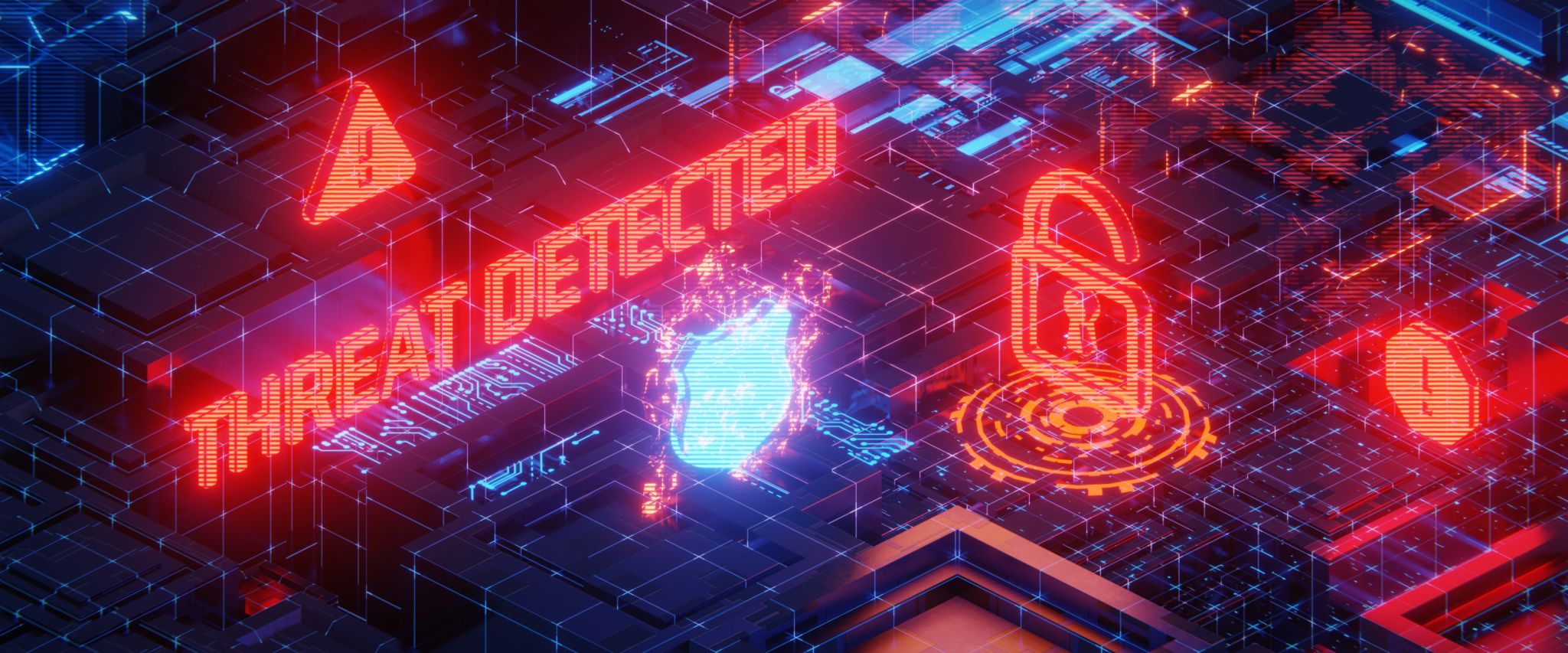Advanced Threat Protection in Madrid: Key Strategies for Executives
Understanding Advanced Threat Protection
In the bustling business hub of Madrid, executives face a dynamic landscape of cyber threats that require robust and proactive defenses. Advanced Threat Protection (ATP) is a critical focus for organizations aiming to safeguard their digital assets and maintain operational integrity. As cyber threats evolve, so must the strategies to combat them, making ATP a priority for executives seeking to protect their enterprises.
ATP encompasses a range of security solutions designed to prevent, detect, and respond to sophisticated attacks. These solutions integrate cutting-edge technologies such as machine learning, behavioral analytics, and threat intelligence to provide comprehensive protection against advanced cyber threats.

Key Strategies for Implementing ATP
Adopting a Multi-Layered Defense
A vital component of effective ATP is the implementation of a multi-layered defense strategy. This approach ensures that multiple security measures are in place at different levels of the IT infrastructure. By deploying firewalls, intrusion detection systems, and endpoint protection, organizations can create a robust barrier against potential breaches.
Additionally, integrating network segmentation and access controls further enhances an organization's ability to contain threats and minimize their impact. This layered defense strategy is essential in maintaining a secure environment in the face of increasingly sophisticated cyber attacks.

Leveraging Threat Intelligence
The use of threat intelligence is another critical strategy in ATP. By staying informed about the latest threat trends and vulnerabilities, executives can make informed decisions about their security posture. Threat intelligence provides valuable insights into attacker tactics, techniques, and procedures, enabling organizations to proactively adjust their defenses.
Executives should consider subscribing to reputable threat intelligence services and participating in information-sharing communities. This proactive approach allows companies to stay one step ahead of potential threats and enhance their overall security strategy.

The Role of Employee Training
While technology plays a crucial role in ATP, human factors cannot be overlooked. Employees are often the first line of defense against cyber threats, making their training an essential component of any security strategy. Regular training sessions should be conducted to educate employees about phishing scams, social engineering tactics, and best practices for maintaining security hygiene.
By fostering a culture of security awareness, organizations can significantly reduce the risk of successful attacks. Empowering employees with the knowledge and tools to recognize and report suspicious activities is a key step toward bolstering an organization’s overall security posture.
Continuous Monitoring and Incident Response
Continuous monitoring of network activity is crucial for identifying anomalies and potential threats in real time. Implementing advanced monitoring tools that utilize machine learning and behavioral analytics can help detect unusual patterns that may indicate an impending attack.
In addition to monitoring, having a robust incident response plan is essential. This plan should outline clear procedures for containing and mitigating threats quickly. Regularly testing and updating this plan ensures that organizations are prepared to respond effectively to any security incident.

Conclusion: A Proactive Approach to Security
For executives in Madrid, implementing Advanced Threat Protection requires a proactive and comprehensive approach. By adopting multi-layered defenses, leveraging threat intelligence, prioritizing employee training, and ensuring continuous monitoring and incident response readiness, organizations can significantly enhance their cybersecurity posture.
As cyber threats continue to evolve, so must the strategies to combat them. Staying informed and adaptable is key to safeguarding an organization’s digital assets and maintaining its reputation in an increasingly connected world. With the right ATP strategies in place, executives can confidently navigate the complexities of modern cybersecurity challenges.